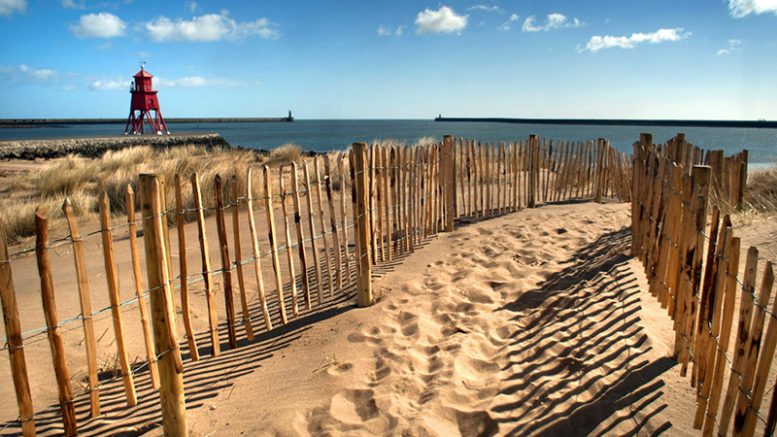As coastal properties draw renewed investor attention, a fresh analysis reveals which seaside locations deliver strong returns without falling foul of flood risk. The findings are a welcome boost for landlords seeking to diversify or expand their portfolios, especially in the face of tightening regulations elsewhere.
South Shields takes the crown for returns and resilience
A study conducted by insurance specialists at Pikl has ranked the UK’s top 10 coastal hotspots based on property prices, rental yields, affordability, and climate resilience. South Shields in Tyne and Wear emerged as the standout performer, combining a low flood risk with the best price-to-income (PTI) ratio in the country. With an average house price of £213,713 and annual private rental income of £12,792, South Shields clocks in a private PTI ratio of just 16.7. For landlords looking at short-term lets, the picture gets even rosier: holiday-let PTI drops to 12.8 thanks to potential revenues of £16,630 per year.
“South Shields offers the fastest return on investment amongst the UK’s coastal locations, with a strong rental market and low flood risk,” the report states, highlighting the area as a top pick for landlords keen on steady, secure income.
Cornwall, Gower and Dunbar offer prime letting potential
Further down the list, Falmouth in Cornwall boasts impressive revenues – especially for holiday-let landlords. Though the average house price tops £573,000, annual yields of nearly £40,000 from short lets keep the holiday-let PTI at a competitive 14.4. Despite moderate flood risk, its profitability remains appealing.
The Gower Peninsula and Dunbar in Scotland also show strong performance. Gower’s private rental PTI sits at 19.4, paired with low flood risk and stable demand. Dunbar, meanwhile, benefits from its affordable Scottish location, with a holiday-let PTI ratio of 15.6 and strong domestic demand. The report notes that choosing holiday-let over traditional renting could reduce Dunbar landlords’ time-to-profit by as much as 4.4 years.
Balancing affordability with flood exposure
The report isn’t shy about addressing climate risk. Morecambe and Bognor Regis scored highly on affordability and returns, but carry high flood risks that landlords must factor into their calculations. Morecambe’s average property price of just £222,454 and annual holiday-let revenue of nearly £15,000 make it attractive on paper – but its high flood classification could impact insurance premiums and long-term asset viability.
“Flood risk is an increasingly critical factor,” notes Cliff Ward, holiday-let insurance expert at Pikl. “While locations like Morecambe and Bognor Regis remain viable for landlords willing to mitigate those risks, investors should be increasingly climate-aware. Long-term sustainability must be part of the due diligence.”
Ward adds that “PTI ratios have climbed significantly” in recent years, meaning landlords need a longer-term outlook. “Where once a five-year investment cycle could yield a return, today’s buyers may need to commit to at least 15 years before seeing a full return.”
Coastal properties remain a compelling play
For landlords focused on future-proofing their investments, this report offers a blueprint for balancing income potential with growing environmental concerns. While property prices remain high in sought-after locations like Falmouth or Scarborough, the report shows that lower-cost options like South Shields, Largs, and Blackpool provide viable alternatives with decent yields.
The findings also align with a broader landlord shift toward regions offering affordability, consistent rental demand, and regulatory flexibility – especially as cities like London and Edinburgh see tighter controls.








